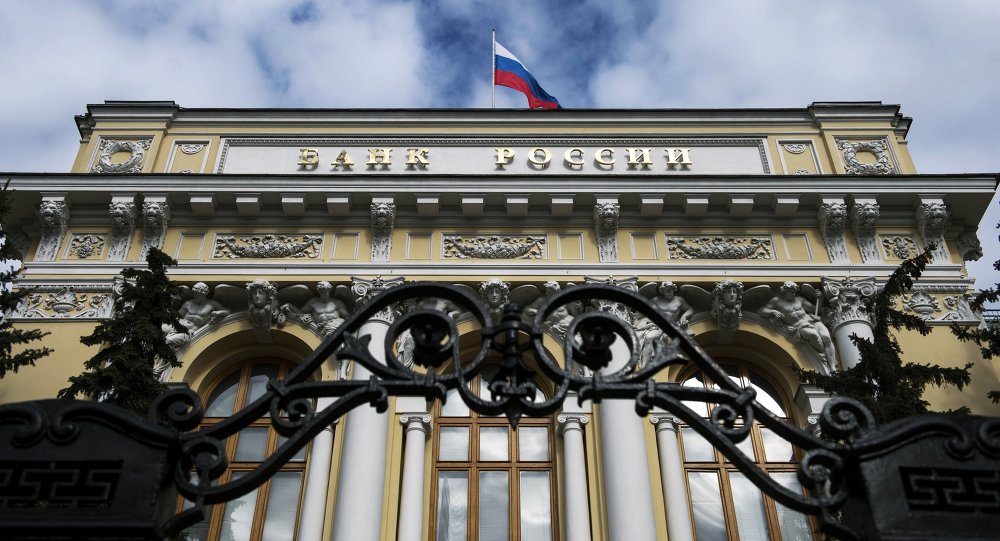Last December, the Russian Central Bank made a decision to raise the key rate to 17 percent to stop the falling ruble. The initiative was met with fierce criticism by many economists, executives and government officials.
A year later, it has won over admirers, market journalists Elena Popina and Ye Xie wrote in their article for Bloomberg.
Even though Russia is still in a recession and growth is unlikely to resume before 2017, there are now some signs of recovery.
A flexible ruble is helping compensate losses from the falling oil prices, while inflation growth is being tamed, the article read.
“Everyone was surprised by the economy’s ability to adjust. A combination of measures including increasing the key rate and sending the ruble into a free float in 2014 helped the central bank to navigate market turbulence and a slump in oil prices,” Gerardo Rodriguez, a money manager at BlackRock Inc., was quoted as saying by the authors.
In December, Moody’s Investors Service increased the Russian government bond rating from negative to stable, citing the stabilization of Russia’s external finances.
According to the agency, the negative effect of sanctions and low oil prices on foreign-exchange reserves has been milder than expected as policy adjustments have “helped mitigate the shocks.”
